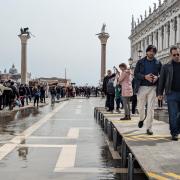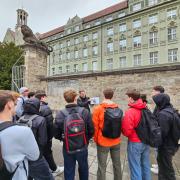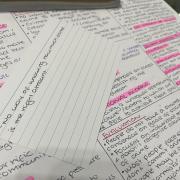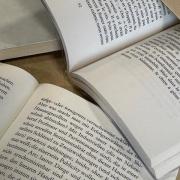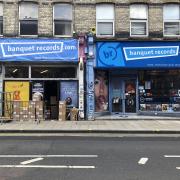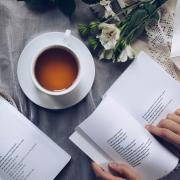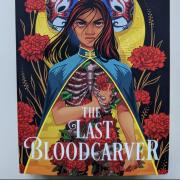
All that glitters might not be gold, but it may very well have once belonged to the Russian Imperial family. As the guide of ‘Russia, Royalty & the Romanovs’ recounts, the Romanov family’s treasures ended up scattered across Europe and caught under the hammers of the world’s most prestigious auction houses. “We’ll never know where all the pieces in their collection are” she utters thrillingly. “Although,” she continues, gingerly showing me an ageing booklet, “All the pieces are listed in this catalogue. There were only twenty of these booklets ever made in total. And now they are highly prized items, and may be auctioned for as high a price as the jewellery itself – if not higher. Because if you find a description in a Sotheby’s or Christie’s catalogue that matches a piece in this booklet, you will know that it was once in the private collections of the Tsar himself.”
And so it happens that although the exhibition ‘Russia, Royalty & the Romanovs’ concerns itself as much with diplomacy as with Fabergéeggs, it is the latter that hold the room spellbound. Perhaps the curators knew that the portraits of frowning, stern men duly dusted and hung – each one distinguished more by the sitter’s size than by the dexterity of the artist – would not engage the visitors in the same way that something shiny and gold would.
The exhibition guide’s story is as exquisite as the pieces on display. She tells of how the Russian Revolution broke out in 1917, when Tsar Nicholas II was moving his jewellery collection; how the safes and packages were lost in the chaos of the Revolution; lost, that is, until they were re-discovered by the Bolsheviks, who printed the twenty copies of the booklet she had just shown us, with all the pieces delicately painted in watercolour, before selling each ring, miniature and tiara to European aristocracy – in order to save Russia’s foundering economy and add some much-needed gold to state coffers.
“The Bolsheviks printed the brochure in French, English and German, to tempt foreign buyers. And tempt it did.” she says, as the roomful of visitors listens. And what became of the jewels? “The Russian state managed to buy about a quarter of them back, and now they’re kept under lock and key in the Hermitage Museum in St Petersburg. Meanwhile, who knows where the rest have gotten to? Now and again a piece resurfaces, in someone’s jewellery collection.”
Who knows, she seems to be saying, they might even be in your jewellery box.
And as her audience disperses and loses itself in the galleries, obliging a few paintings and artefacts with a glance as they make their way to gaze on the shining Vladimir Tiara for a final time, one gets the impression that they are all pondering the same thing.
Russia, Royalty & the Romanovs is on at the Queen’s Gallery, Buckingham Palace, until April 28th.





